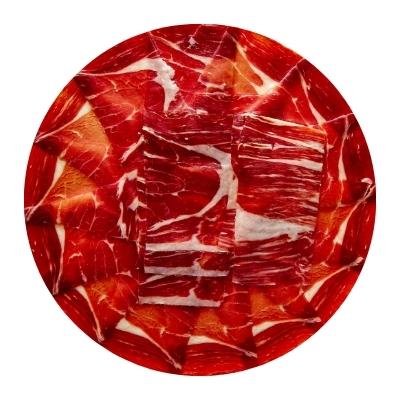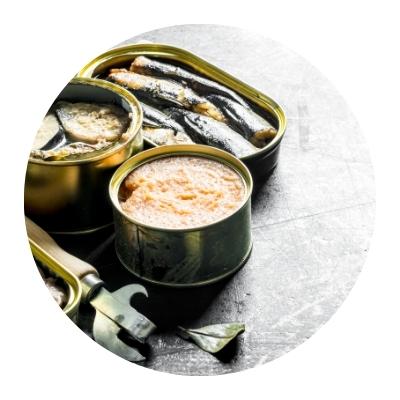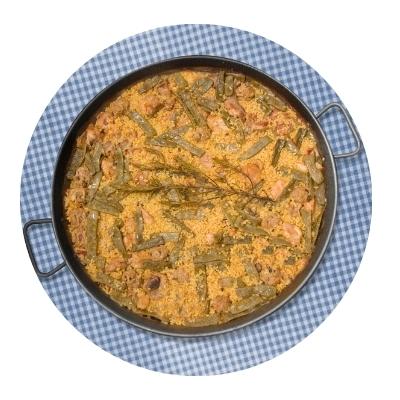Feeding of Iberian pigs

Iberian ham is distinguished from other hams by its texture, aroma and flavor. A delicate flavor, between salty and sweet, very umami and with a very pleasant aroma, which whets the appetite. This exclusive flavor is given to a great extent by the feeding that the Iberian pig has had. That is why we tell you what the pigs are fed and how this gives rise to the different qualities of Iberian hams, from the pata negra ham to the Iberian cebo ham.
Different feed, different Iberian ham
Acorn-fed Iberian pigs
The acorn-fed Iberian pig is the one that develops all its breeding in the dehesa, the natural ecosystem derived from the Mediterranean forest found only in the Iberian Peninsula, made up of trees of the Quercus genus, such as the holm oak and the gall oak.
This pig feeds on grass, flowers and roots throughout the year, and on acorns during the "montanera" season. From these pigs comes the pata negra ham, specifically from those that are 100% Iberian breed.
Iberian Cebo de Campo pigs
The term 'Iberian Cebo de Campo pig' refers to the Iberian pigs raised extensively in the pasture on natural pasture and feed made from fodder and legumes. The difference with acorn-fed Iberian pigs is that cebo-de-campo fed pigs do not eat acorns and have a lower percentage of Iberian breed, between 50 and 75%. From the cebo de campo Iberian pig comes the cebo de campo Iberian ham, which you can identify by its green label.
Iberian Cebo pigs
The Iberian Cebo pig is one that is raised in an intensive regime on a farm and is fed on feed with cereals and legumes. They have an Iberian breed of between 50 and 75%. This pig is used to produce Iberian bait hams, which are the Iberian hams with the lowest price and can be distinguished by their white label.
The montanera
As you can read more extensively in our article on the montanera, this is the time of the year between November and March, when the Iberian pigs feed mainly on the acorns that come from the holm oaks, cork oaks and gall oaks. In the dehesa, the Iberian pig not only feeds naturally, but every day it travels great extensions, which makes it be in continuous physical exercise, making its meat healthier.
SHARE:





